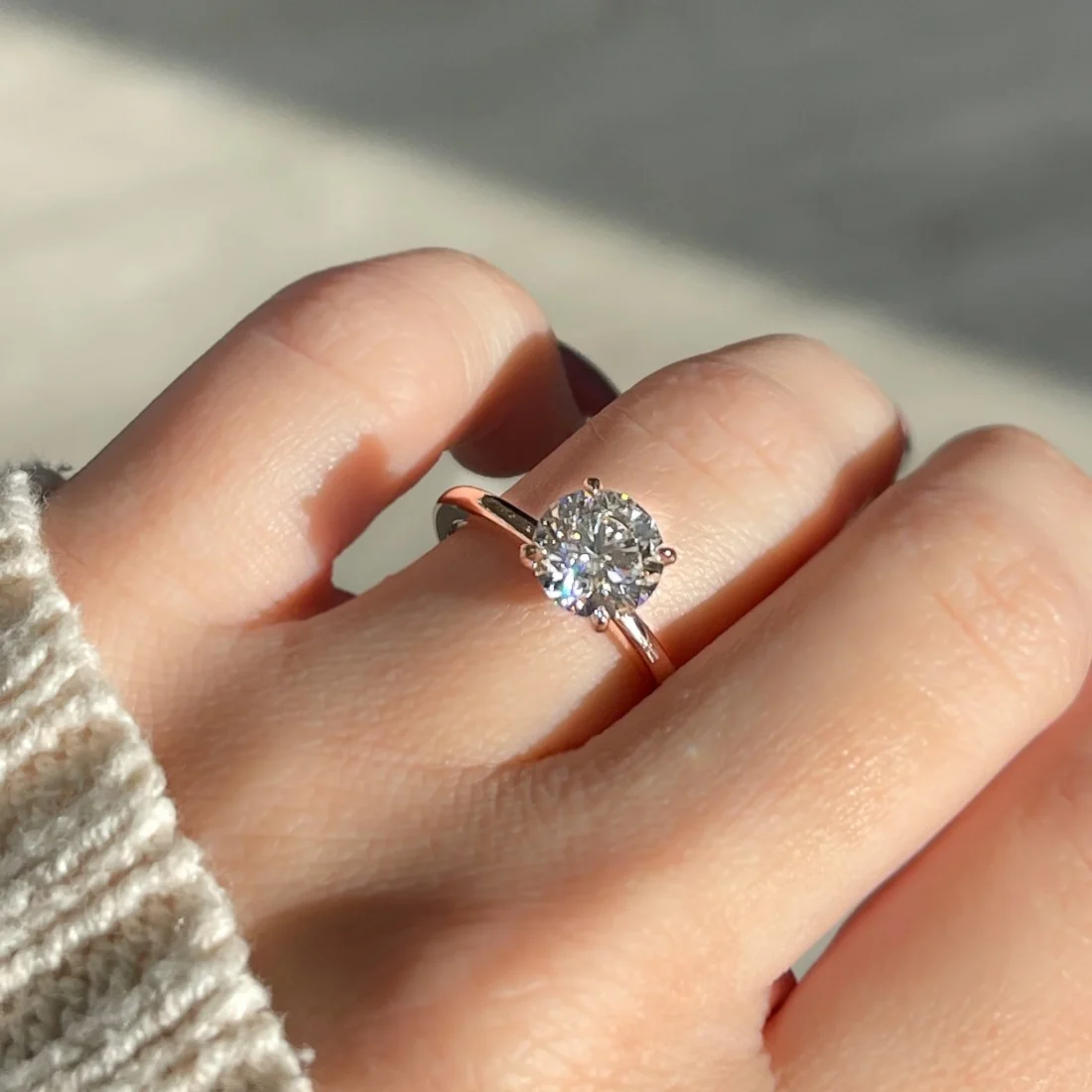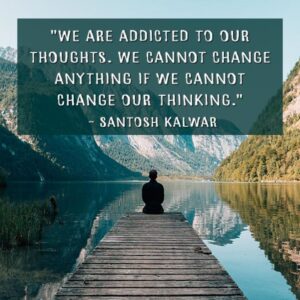My friend Sarah texted me a photo last week that stopped me in my tracks. It was her engagement ring—a stunning solitaire that caught the light beautifully. But what really caught my attention was her caption: “Lab-grown, conflict-free, and absolutely perfect.” She didn’t just choose a ring; she chose a statement about the kind of future she and her fiancé want to build together. As I looked at that photo, I realized something had shifted in how we think about love, commitment, and the symbols we choose to represent them both.

Breaking Away from Traditional Expectations
For decades, the diamond industry convinced us that “natural” meant “better.” We were told that only earth-mined diamonds could properly symbolize eternal love, that anything else was somehow settling for less. But more couples are questioning this narrative, and for good reasons.
The ethical concerns surrounding traditional diamond mining are well-documented. Despite industry efforts to improve practices, mining operations continue to displace communities and cause environmental damage. The Kimberley Process, designed to prevent conflict diamonds from entering the market, has significant gaps that leave room for unethical practices to continue.
Then there’s the financial reality. Natural diamonds carry what many economists call an “artificial scarcity premium”—prices inflated by decades of controlled supply rather than actual rarity. For young couples already managing student loans, housing costs, and other financial pressures, spending months of salary on a ring that loses much of its value immediately after purchase feels increasingly outdated.
The pressure to conform to tradition can be overwhelming, especially when family members have strong opinions about what an engagement ring “should” be. But I’ve watched friends navigate these conversations with grace, explaining that their choices reflect their values, not their commitment level.
The Science Behind a Clearer Conscience
Lab-grown diamonds offer something remarkable: they’re chemically, physically, and optically identical to mined diamonds, but created in controlled environments using advanced technology. The process mirrors what happens deep within the Earth, just much faster and with complete transparency.
Two primary methods produce these diamonds. The High Pressure High Temperature process replicates the intense conditions found in the Earth’s mantle, while Chemical Vapor Deposition builds diamonds atom by atom from carbon-rich gases. Both create genuine diamonds that are indistinguishable from natural ones without specialized equipment.
The quality standards are identical too. Before investing in a lab diamond, it’s essential to understand the standards behind it. That’s why you need lab diamond certification explained clearly and reliably. The same institutions that certify natural diamonds—like GIA and IGI—grade lab-grown stones using identical criteria for cut, clarity, color, and carat weight.
What’s different is the story behind each stone. Instead of uncertain origins and complex supply chains, lab-grown diamonds come with complete transparency. You know exactly where your diamond came from, how it was made, and what impact your purchase has on the world.
The cost difference is significant too. Lab-grown diamonds typically cost 30-50% less than comparable natural stones, allowing couples to choose larger, higher-quality diamonds within their budget or invest the savings in their future together.
The Rise of Conscious Luxury
Generation Z and millennial couples are redefining what luxury means. For them, true luxury isn’t just about having something expensive—it’s about having something meaningful that aligns with their values. They research brands, question supply chains, and choose products that reflect their commitment to sustainability and social responsibility.
This shift is transforming the jewelry industry. More and more couples are choosing eco-conscious diamond rings as a statement of love and sustainability. They’re not willing to compromise their values for the sake of tradition, and the market is responding accordingly.
Major jewelry retailers now offer extensive lab-grown collections, and luxury brands that once resisted the trend are embracing it. Even Tiffany & Co., long a bastion of traditional diamond jewelry, now offers lab-grown options. This isn’t a temporary trend—it’s a fundamental shift in consumer values.
The environmental benefits resonate strongly with environmentally conscious couples. Traditional diamond mining requires moving approximately 250 tons of earth to extract a single carat, while lab creation uses significantly less land and water. When you choose lab-grown, you’re making a statement about the kind of world you want to leave for future generations.
Social media has amplified this movement too. When influencers and celebrities share their lab-grown diamond jewelry, they normalize the choice and show that sustainable doesn’t mean sacrificing beauty or status.
Rings That Tell a Better Story
The most beautiful engagement story I’ve heard recently came from a couple who chose a lab-grown diamond specifically because they wanted their ring to represent innovation and hope rather than tradition and scarcity. They saw their diamond as a symbol of human ingenuity and progress—qualities they wanted to embody in their marriage.
This perspective represents something larger than individual choice. It’s about recognizing that the symbols we choose to represent our love should reflect our actual values, not inherited expectations. When you can have a stunning diamond that didn’t require mining, why wouldn’t you choose that option?
The practical benefits extend beyond ethics and environment. Lab-grown diamonds often have superior clarity because they’re created in controlled conditions without the geological stress that creates inclusions in natural stones. You’re getting better quality along with better values.
Insurance and resale considerations have evolved too. While natural diamonds traditionally held value better, the rapid acceptance of lab-grown diamonds is changing market dynamics. More importantly, most people buy engagement rings to keep forever, not as investments.
For couples starting their lives together, choosing lab-grown often means they can afford a more beautiful ring and still have money left for other priorities—the honeymoon, house down payment, or emergency fund. It’s a choice that honors both romance and practical wisdom.
Love That Looks Forward
If I were choosing an engagement ring today, I know exactly what I’d pick. I’d want something beautiful that tells a story I’m proud of—one about innovation, sustainability, and making choices based on values rather than marketing. I’d want a ring that represents not just commitment to my partner, but commitment to the kind of future we want to create together.
The couples I know who’ve chosen lab-grown diamonds aren’t settling for less; they’re choosing more. More transparency, more value, more alignment with their beliefs. Their rings don’t just symbolize their love—they represent their vision of what love looks like in the modern world: thoughtful, informed, and unafraid to challenge outdated norms.
This is what the future of modern love looks like: beautiful, conscious, and completely authentic.



